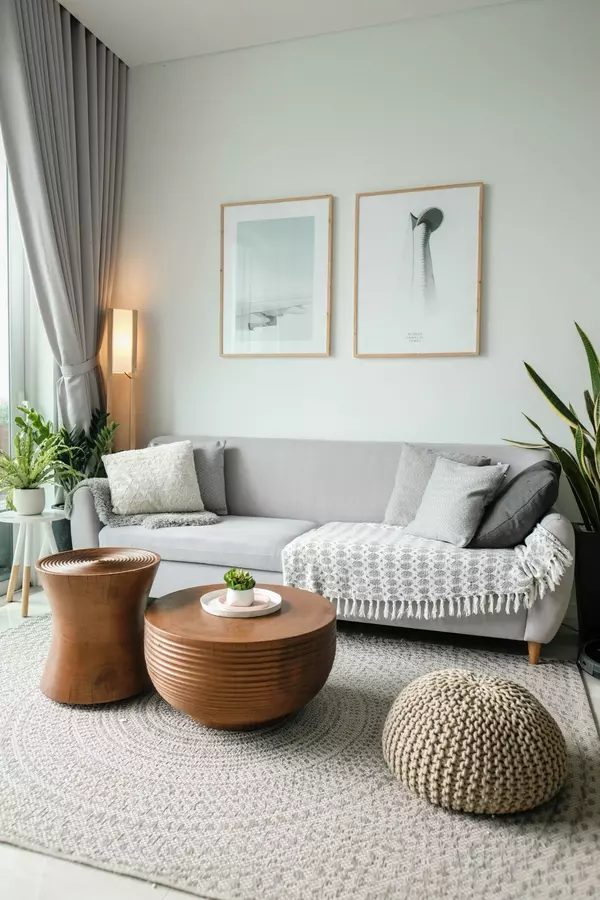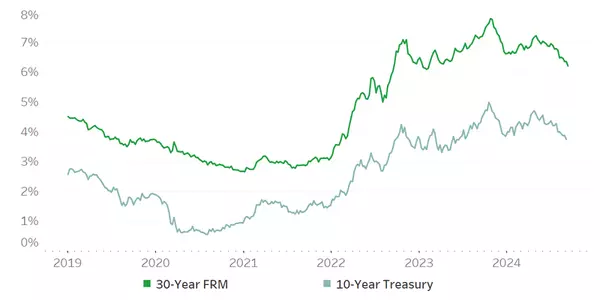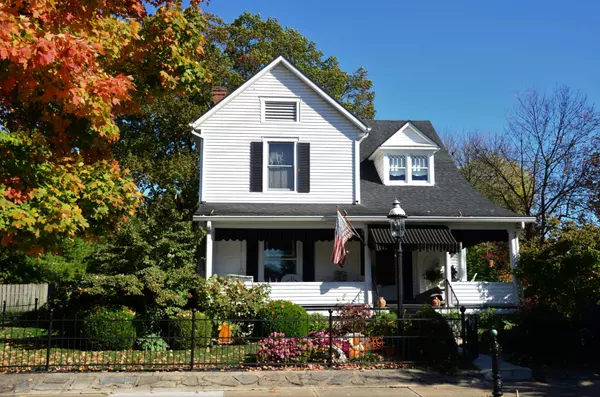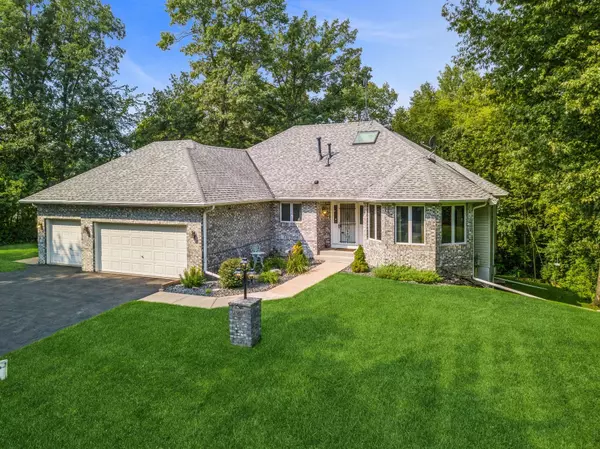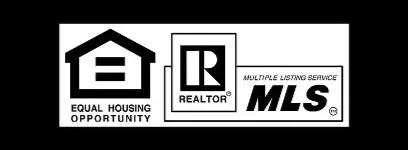
What the NAR Settlement Means for Homebuyers: Breaking Down the Changes
The real estate world is buzzing with news about the recent National Association of Realtors (NAR) settlement, and if you’re thinking about buying a home in our region, you might be wondering what this means for you. Let’s break down the changes, clear up some confusion, and help you feel confident
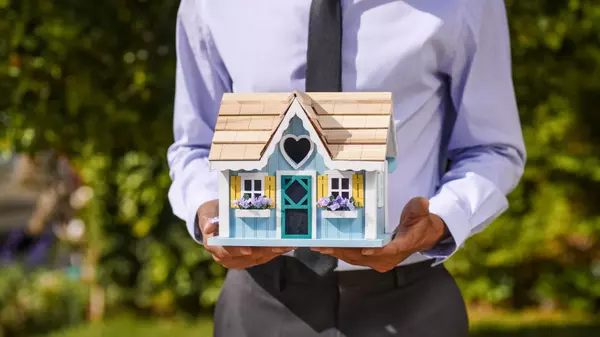
Renting vs. buying
In the age-old debate of renting vs. buying, the scales are continually tipping. Lately, there's been a market update that stands to significantly impact this discussion, particularly for buyers. Some cities are now showing better rent rates than buying rates, which can greatly influence the decisio
What happens when the mortgage rates fall?
The interest rate on a 30-year loan has averaged above 7% for four consecutive weeks. It’ll have to come down significantly for most prospective buyers to return to the market, a new survey shows. Photo by Aziz Acharki on Unsplash The magic number for home buyers may be 5.5%. That’s the mortgage r
Categories
Recent Posts
